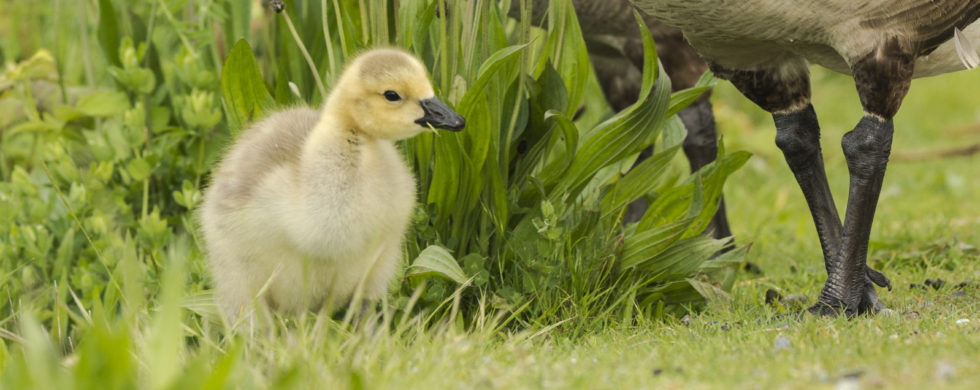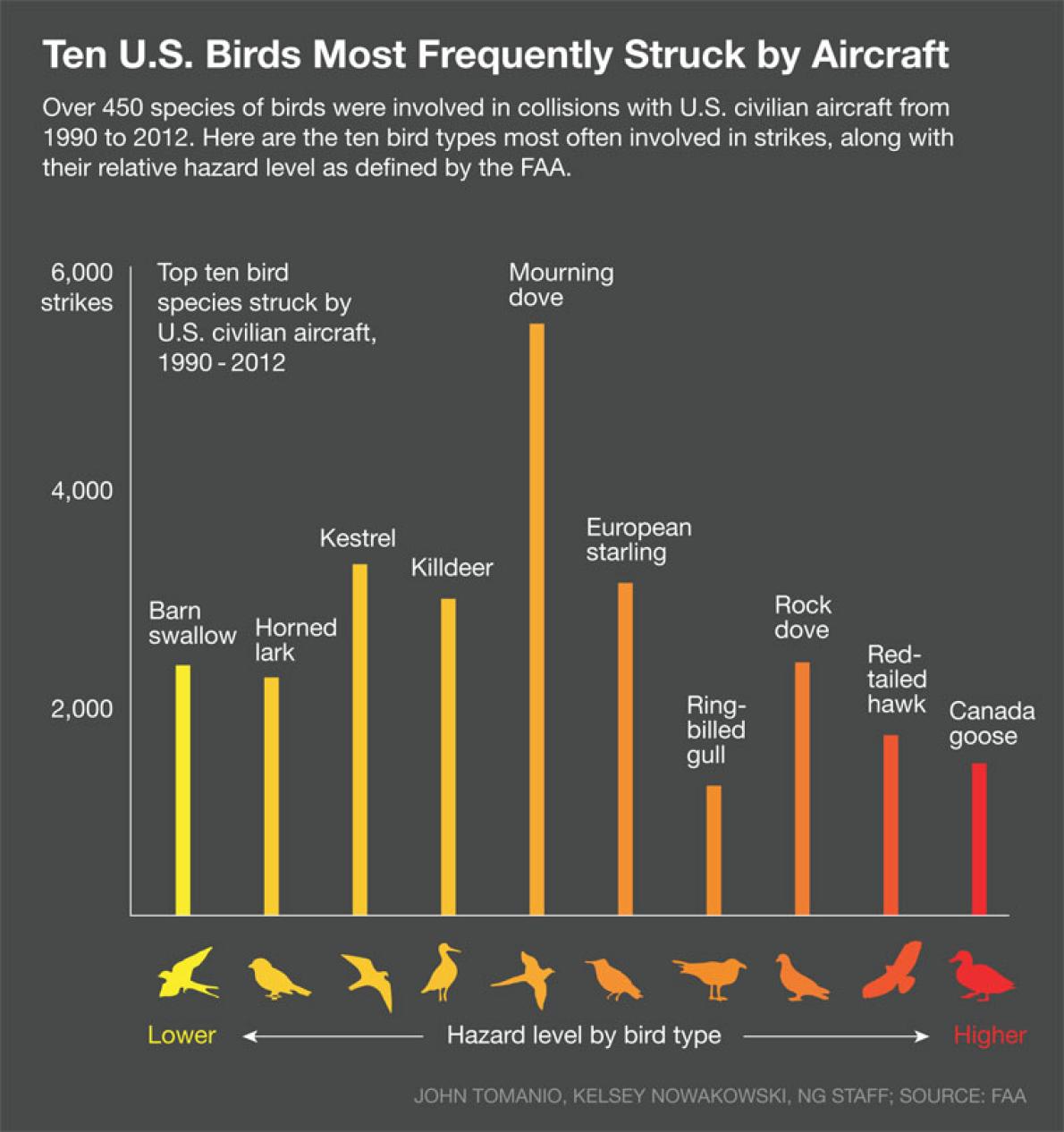
31
2017Goose, Goose, Yawn!
Shot of the Month – August 2017
To be honest, I am not big fan of Canada Geese. As a photographer I am drawn to capturing species that are elusive and rarely seen. This ubiquitous waterfowl seems to be EVERYWHERE which, unfairly or not, bores me. Also, visually, I don’t find them all that interesting. Black and white with a side of Bleh.
On many an occasion I have been in the field and detected movement and quickly readied my camera. But once I saw those common features, a quick sigh would follow, “Just a Goose,” and a feeling of chagrin at the false hope of something special.
They are my avian Rodney Dangerfield — they get no respect. (For the uninitiated, Rodney Dangerfield was a comedian that made a very successful career providing numerous examples of how no one respected him: “When I was born, the doctor came out to the waiting room and said to my father, ‘I’m very sorry. We did everything we could but he pulled through.’ ” Here is a small sample. Rodney is also famous for his roles in Caddyshack, EasyMoney, and Back to School).
But I digress.
The point is, I never imagined that I would post a Shot of the Month featuring a Canada Goose.
But then this lovely little scene happened. Usually it almost impossible to properly expose a Canada Goose due to the strong contrast between their black and white features. On this cloudy day the light was soft and and allowed the details of the feathers to come out. And then we have that adorable little fluff ball of a chick. Can’t argue with that. And I like the family moment as the ever watchful parents guard over their little one. The bend of the neck really adds something. I love the collection of plants in the front and then the layers of out of focus colors in the background. The purple adds a little zip to the composition.
And voila, put all the different elements together and we get a very pleasing image.
Canada Geese are native to the arctic and temperate regions of North America, though they will sometime migrate to parts of northern Europe. They have also been introduced to the United Kingdom, New Zealand, Argentina, Chile, and the Falkland Islands. As to WHY they would do that, I have no idea.
Normally these geese will fly south for the winter; as a child I remember seeing the large V-shaped formation of birds flying overhead — a clear sign that winter could not be far away.
But with the changing climate, the nature of human settlements, and farming patterns, many Canada Geese are beginning to shorten the distance they fly or, increasingly, becoming permanent residents of parks, golf courses, and suburban sub-developments. Changes in farming practices leave more waste grain available for the geese making it easier to stay put. Also the proliferation of lawns and grassy fields are ideal habitats for Canada Geese — grass is part of their diet so their buffet has grown in size, and the manicured lawns are attractive because they provide a wide, unobstructed view of potential predators. As a result these birds are especially abundant in parks, airports, golf courses and other areas with expansive lawns.
Canada geese were not always so numerous. In the early 1900s they were almost pushed to extinction due to over-hunting and loss of habitat. Tougher hunting policies and other programs helped stem the tide, and the bird’s ability to adapt to the nature of human settlements has allowed the Canada Goose to not only thrive but in some areas, become a pest. For example, just fifty geese can produce about 2.5 tons of poop in a year. A flock of Canada Geese can turn your local park into a very icky slip and slide. We now have about six million Canada Geese in the US. Dat’s alotta poop.
Because of the large size of Canada Geese, they are a major concern at airports because they can cause fatal crashes when they strike an aircraft’s engine. Remember the “Miracle on the Hudson” when a US Airways plane that took off from Laguardia Airport in New York in 2009 and had to ditch in the Hudson River? As the plane took off it collided with a flock of Canada Geese. Luckily Captain Sullenberger (Sulley) managed to execute a perfect “water landing.”
So, I am still rather ambivalent about the world’s largest goose, though I do have to admire its resilience — back from the precipice to pest in just a hundred years. Uh, well done!?
Until next month…..
Nikon D4S, Nikon 600mm, f/11, 1/200 s, 1.4x TC, ISO 800, EV +0.5


